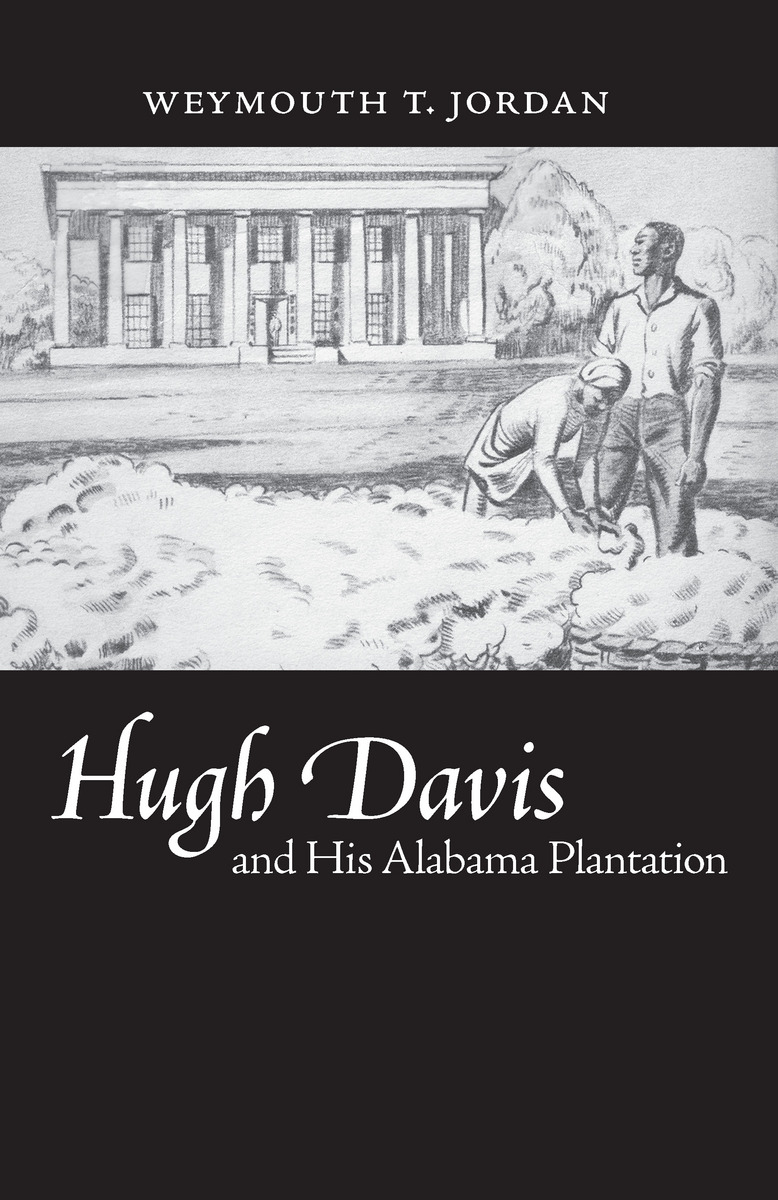Hugh Davis and His Alabama Plantation
University of Alabama Press, 1948
Paper: 978-0-8173-5065-9
See other books on: History | Jordan, Weymouth T. | South (AL, AR, FL, GA, KY, LA, MS, NC, SC, TN, VA, WV) | State & Local | United States
See other titles from University of Alabama Press
Paper: 978-0-8173-5065-9
ABOUT THIS BOOK | AUTHOR BIOGRAPHY | REVIEWS | TOC
ABOUT THIS BOOK
Hugh Davis and His Alabama Plantation provides a detailed account of the founding, management, and finances of a Southern Antebellum plantation. After practicing law in Marion, Alabama for 14 years, Hugh Davis became a cotton planter in 1848 at Beaver Bend, where he brought 5,000 acres of Blackbelt land on the Cahaba River under cultivation and partook of the last decade of hubristic wealth before the coming of the Civil War.
Scholars and readers continue to illuminate the complex financial arrangements of the Antebellum South, many regions of which lacked basic banking services. Following the life of Davis traces his early years of apprenticeship and debt, the use of rotating credit, and the relationship of slaves to finances. The book is also full of fascinating details of his life, such as the setting out in one month of 750 yards of roses. This account also recounts the how this financial system and lifestyle were swept away by the Civil War.
Scholars and general readers interested in Southern history as illuminated not in macroeconomic theories but in the quotidian life and choices of one man will find much of interest in Davis's life.
Scholars and readers continue to illuminate the complex financial arrangements of the Antebellum South, many regions of which lacked basic banking services. Following the life of Davis traces his early years of apprenticeship and debt, the use of rotating credit, and the relationship of slaves to finances. The book is also full of fascinating details of his life, such as the setting out in one month of 750 yards of roses. This account also recounts the how this financial system and lifestyle were swept away by the Civil War.
Scholars and general readers interested in Southern history as illuminated not in macroeconomic theories but in the quotidian life and choices of one man will find much of interest in Davis's life.
See other books on: History | Jordan, Weymouth T. | South (AL, AR, FL, GA, KY, LA, MS, NC, SC, TN, VA, WV) | State & Local | United States
See other titles from University of Alabama Press












